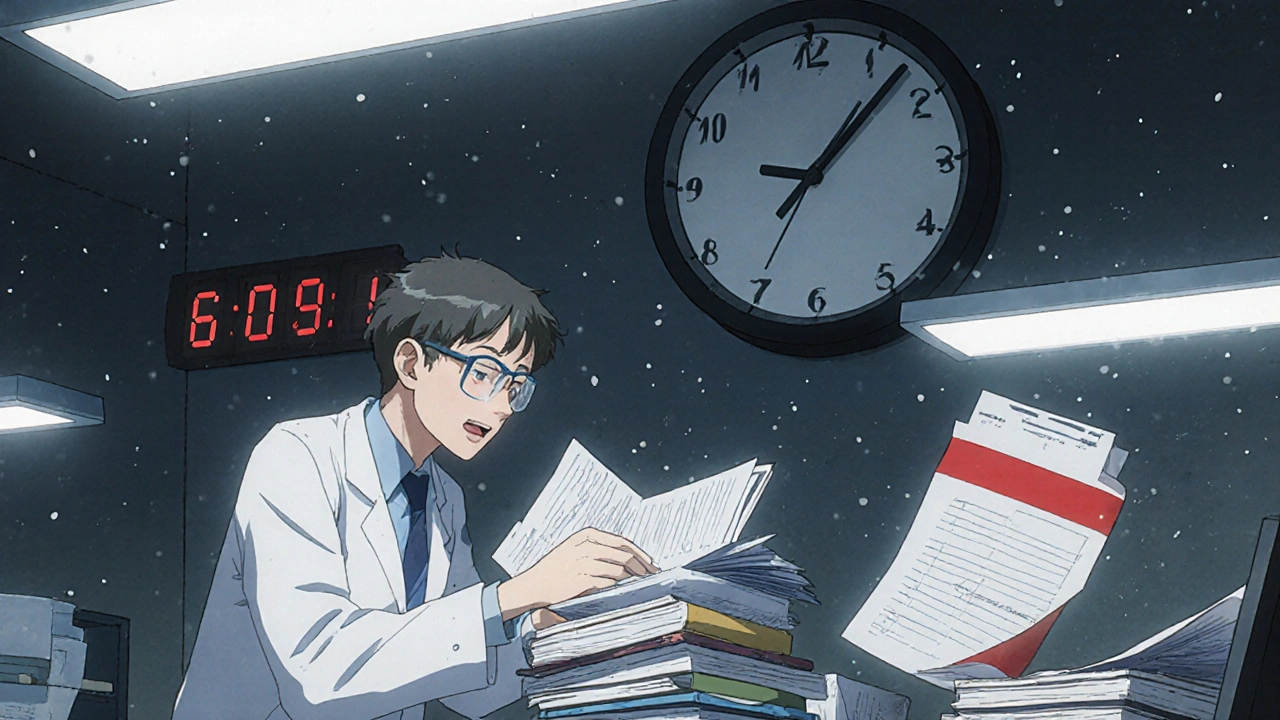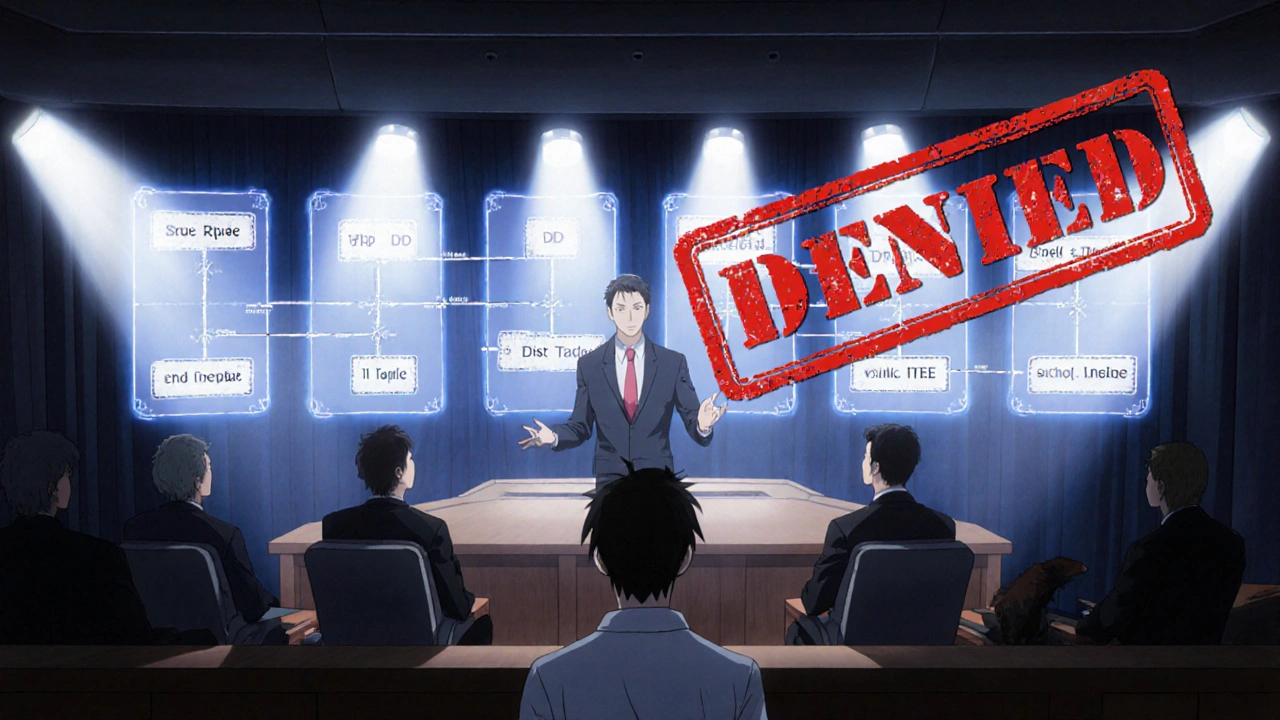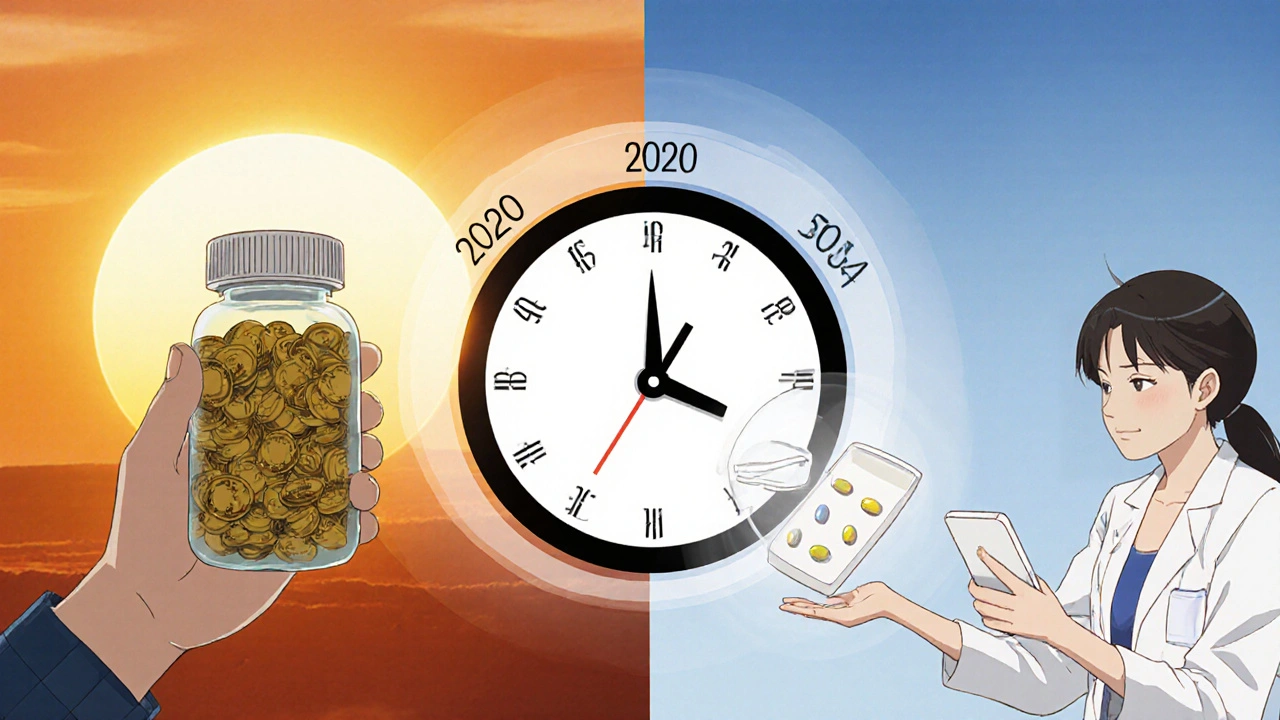Patent Term Restoration (PTE): How Drug Patents Get Extra Years of Protection
 Nov, 14 2025
Nov, 14 2025
What Patent Term Restoration Really Means for Drug Companies
Imagine spending 12 years and $2.6 billion to get a new drug approved-only to find out you’ve got just five years left on your patent before generics can copy it. That’s the reality for many pharmaceutical companies. Patent Term Restoration (PTE) is the legal fix built to solve this problem. It doesn’t extend patents indefinitely. It doesn’t give extra years for no reason. It gives back the time lost while waiting for the FDA to approve your product.
The system was created in 1984 under the Hatch-Waxman Act, named after the two lawmakers who pushed it through Congress. Before this law, drug makers had no way to recover the years they lost sitting in regulatory limbo. The FDA’s approval process could take up to a decade. Meanwhile, the patent clock kept ticking. By the time the drug hit shelves, the patent was already near expiration. PTE was designed to balance two goals: letting generics enter the market fairly, while still rewarding innovation.
How PTE Actually Works: The Math Behind the Extension
PTE isn’t automatic. It’s calculated using a strict formula: PTE = RRP - PGRRP - DD - ½(TP - PGTP). Let’s break that down without the jargon.
- RRP is the total time your product spent under FDA review-from when you first submitted your application to when they said yes.
- PGRRP is the time before you even filed your patent application. If you waited too long to file, those days don’t count.
- DD stands for Days of Due Diligence. This is where most applications fail. The FDA wants proof you didn’t sit on your hands. Every delay? You need to explain why.
- The last part adjusts for how long your patent was active before FDA review even started.
There are hard limits: no more than five years can be added, and the total patent life after extension can’t go beyond 14 years from the FDA approval date. So if your drug got approved in 2020, even with the maximum extension, your patent expires in 2034-not later.
Who Qualifies? Not Everyone Gets a Second Chance
PTE isn’t open to all patents. It only applies to products that needed FDA approval: human drugs, medical devices, food additives, color additives, and animal drugs. That means a new smartphone app or a better coffee mug? No PTE for you.
There’s another big rule: only one patent per product can get extended. If you’ve got 12 patents covering your drug-formulation, packaging, delivery method-you pick one. Usually, it’s the original compound patent. But here’s the twist: in 78% of cases, companies apply PTE to secondary patents, not the main one. That’s where critics say the system is being stretched too far.
And you can’t just apply anytime. You have 60 days after FDA approval to file. Miss that window? You lose the chance forever. That’s why pharmaceutical companies keep teams of patent lawyers and regulatory specialists working side by side. One misstep, one missed document, and your extension vanishes.

The Hidden Cost: Why Generic Drugs Still Take Years to Arrive
PTE was meant to restore lost time, not create new monopolies. But the data tells a different story. A 2022 Yale study found that 91% of drugs that got PTE kept their market dominance for years after the extension expired-thanks to other patents, lawsuits, and clever legal maneuvers. The system didn’t break. It was exploited.
The FDA’s Orange Book lists over 22,000 patents tied to approved drugs. Eighty-three percent of new drugs have at least one patent eligible for PTE. When a drug gets its five-year extension, it’s not just buying time. It’s buying market control. During the extension, those drugs hold onto 92% of their market share. Once generics come in? That drops to 37%.
That’s why the Congressional Budget Office estimates PTE adds $4.2 billion a year to U.S. drug spending. It’s not just about fairness to innovators. It’s about what patients pay.
What Goes Wrong: Why Most PTE Applications Get Denied
One in eight PTE applications gets rejected. The most common reason? Poor documentation of due diligence.
The FDA doesn’t accept “we worked hard.” They want a day-by-day paper trail. Emails. Meeting notes. Lab logs. FDA correspondence. If you missed a deadline and didn’t notify them? That’s a red flag. If your team didn’t respond to an FDA request within 30 days and you can’t prove it was their fault? That’s a lost day.
A 2023 survey by the Intellectual Property Owners Association found 67% of patent attorneys consider PTE applications high-risk. Why? Because the stakes are huge. A single extension can mean hundreds of millions in revenue. But the margin for error is tiny.
One senior patent specialist on Reddit shared that the biggest mistake companies make is thinking they can clean up the paperwork after approval. You can’t. The FDA requires records from day one of the review process. If you didn’t save it, it doesn’t exist.

What’s Changing: New Rules and Future Challenges
The rules are tightening. In January 2024, the FDA released new guidance on due diligence, making it clearer what counts as acceptable proof. Then, in 2024, a Federal Circuit court ruling in Eli Lilly v. USPTO raised the bar even higher. Now, companies must prove they were moving forward at every stage-not just hitting milestones.
At the same time, the FDA is working on a digital platform to make PTE applications easier to submit. That’s expected to launch in 2026. But even with better tech, the core problem remains: the system was built for small molecules. Now, 34% of PTE applications involve biologics-complex drugs made from living cells. These take longer to develop, and their patents are harder to define.
There’s also political pressure. The proposed Preserve Access to Affordable Generics and Biosimilars Act could limit how companies use PTE to delay competition. And the Government Accountability Office is set to release a major review in December 2025. If they find PTE is costing too much, Congress might change the rules again.
What This Means for Patients and the Market
PTE isn’t evil. It’s necessary. Without it, no company would risk investing billions into drugs that take over a decade to get approved. But the system has become a tool for extending monopolies, not just restoring lost time.
For patients, that means higher prices and longer waits for cheaper generics. For innovators, it’s a lifeline. For regulators, it’s a balancing act. The FDA and USPTO aren’t trying to block generics-they’re trying to reward innovation without letting it become a permanent lock on the market.
What’s clear is this: PTE is not a loophole. It’s a legal tool with real consequences. And if you’re a company trying to use it, you’d better have the paperwork, the team, and the timing right. Because in this game, one missed email can cost you millions.
